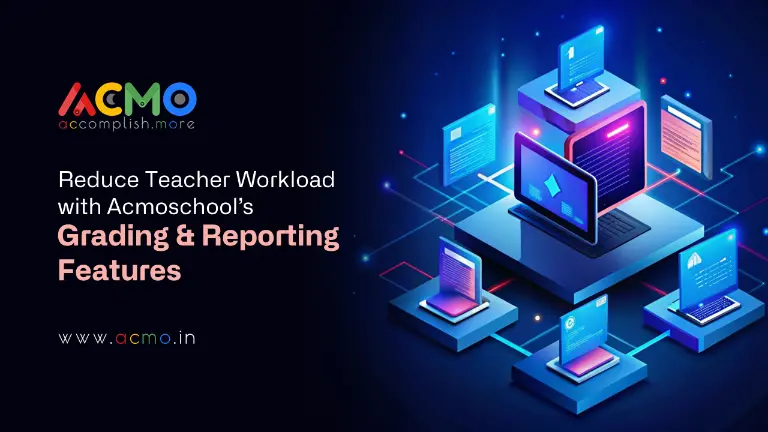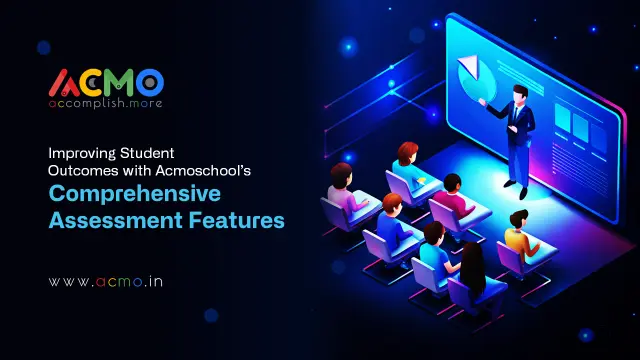Operating a retail store calls for a range of administrative, management, and marketing skills. From ensuring that there’s enough inventory to put together monthly sales reports, these skills are necessary for your store to run smoothly and provide top-notch customer service to your clients.
Having an efficient point of sale (POS) system can go a long way in making sure that all your operations are working in unison, and retailers that spend the time and resources to implement such a system before they need it will reap the benefits. Your point-of-sale system is the hardware and software that enable your business to make sales. A POS system allows your business to accept payments from customers and keep track of retail sales recording. It sounds simple enough, but the setup can work in different ways, depending on whether you sell online, have a physical storefront, or both.
The POS serves as the central component of your business; it’s the hub where everything—like sales, inventory management, offline or online payment processing, and customer management—merges.
Having a retail business means, you consider keeping your business up to date to keep up with the pace of advancements. For any retail store, a seamless and swift shopping experience is a must. The one thing customers hate is wasting their time waiting for a transaction to happen. The traditional cash payment takes too much time sometimes, both merchants/vendors and customers face problems like the odd amount, lack of change on the customer or vendor side, etc. As a solution, many merchants shifted to using a POS machine. But the customer being a customer does not necessarily carry his/her credit or debit card everywhere, not especially when he/she is in a hurry to buy shampoo or when in urgent need of 2 kg of rice or sugar. What they have with them all the time is mobile. Thus a retail store should adapt to the future of payment collection – API on mobile phones that offers popular payment methods such as EMV chip cards, UPI, net banking, and mobile wallets. To enhance the efficiency your POS system must be able to read QR codes, for that a QR code Scanner must be embedded in it.
Let’s take a deep dive into the features of POS that you must consider while installing a POS system for your store:
Payment processing
Payment processing is one of the core functions of a POS system. Each time a customer buys an item, your POS system processes the transaction. There are several different payment types a POS system might accept:
-Cash
-Secure online payments through your eCommerce site
-Magstripe credit cards, which are cards that you swipe
-Chip cards, which are credit cards with an embedded chip
-Contactless payments might include a contact less card that customers tap or a mobile wallet (e.g., Google Pay or Apple Pay)
The card-not-present transaction happens when your customer and their credit card aren’t actually in front of you, so you have to enter their credit card information manually. This also occurs when customers enter their payment details while checking out online.
Sales Reporting
On the surface, most POS systems enable you to look at your sales. The difference lies in how those numbers are presented, the ease at which data can be accessed, and how much detail you get.
Your POS system should ideally be able to:
Generate detailed sales reports (based on product, hour, employee, the total cost of items sold, total retail amount, net profit, profit percentage, and gross margin).
Provide quick snapshots and charts on your store’s sales performance.
With clear reports provided by POS, you can sell more and make better business decisions.
Centralized inventory management
While most POS software help manages store inventory, most don’t help merchants manage inventory across multiple channels, such as multiple store locations, their online store, and warehouses. But effective inventory management is critical to running a successful operation—whether you operate one or many stores.
Choose POS software that centralizes your inventory into one system so you can manage it all from one place. This will help you order enough stock to satisfy demand while avoiding overstocking, inventory shortages, or tying up too much capital with too much stock.
Your POS system should enable you to:
Scan and count products digitally.
Manage your stock by creating product variations (size, color).
Identify pieces of inventory with a unique serial number.
Track inventory levels across multiple locations.
Enable seamless ordering such as automatically setting custom reorders of best-sellers.
Consolidate purchases and orders in one order.
Customer Management
Building strong relationships with your customers will lead to repeat business. A POS should have a retail customer relationship management (CRM) to track all customer data.
Your POS system should give you the ability to:
Attach a sale/transaction to a customer.
Keep track of your customers’ purchase history.
Capture customer information such as name, age, birthday, phone number, and email address.
Use email marketing to keep in touch with customers.
Create a built-in loyalty program (more advanced systems will have this).
This knowledge helps you personalize your communications, marketing, and customer service.
Employee Reporting and Management
The performance of your employees can make or break the success of your store. Having the ability to set sales targets as well as know who your top performers are and who requires extra coaching will help increase sales.
Your POS system should give you the ability to:
Add employees to your system.
Create and modify schedules for employees based on forecasted activity.
Email schedules to employees.
Track employees’ weekly and overtime hours.
Analyze who your top performers are?
Physical and email receipts
Providing customers with proof of purchase is something all POS software should do. Not only do receipts make processing returns and exchanges easier, but they can also be a great way to collect a customer’s contact information and create a customer profile at checkout.
Sending digital receipts via email is a great way to collect customer contact information at checkout, build your email list, and fuel your retention marketing efforts. Just make sure they’ve opted into hearing from you before you send them anything.
Mobile checkout
With POS software, you can banish lineups to pay and bring your checkout to customers. Modern Point-of-sale software can be installed on any tablet or smartphone, making it a mobile POS (mPOS) system. With a mobile POS, store staff can look up inventory, process sales, returns, and exchanges, and take payments without leaving the customer’s side. Rather than having customers wait in line to pay at the checkout counter, it comes to them.
If staff often find themselves serving more than one customer at a time, mobile POS systems let them save a customer’s cart and retrieve it later. This helps staff move from one interaction to the next without losing order details and precious spending time at checkout re-entering products. mPOS software helps you give hassle-free customer service modern shoppers expect. It lowers friction in the buying process, which results in a smoother shopping experience and greater overall customer satisfaction.
Conclusion
Whether you want to sell at events, are planning your first pop-up shop, or are ready to open your first permanent location, POS software is what you’ll use to manage store operations, ring up customers, accept payments, and track store sales. Modern POS systems do more than just offer flexibility when processing daily transactions. They improve chances of success by providing them with tools to streamline business processes



